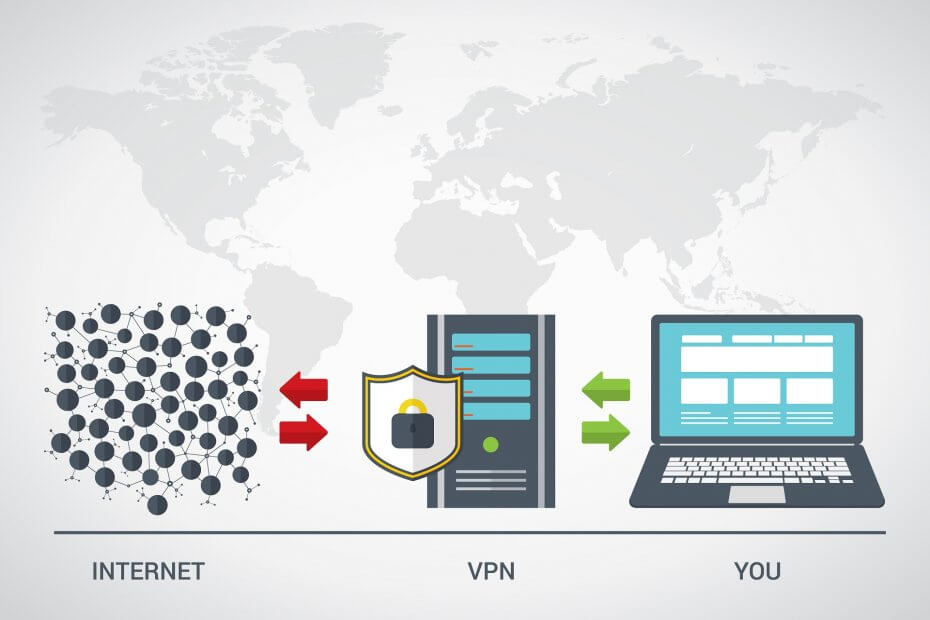

- #What is the best vpn for windows 10 for windows 10#
- #What is the best vpn for windows 10 windows 8.1#
- #What is the best vpn for windows 10 free#
#What is the best vpn for windows 10 free#
Here’s two of the biggest Windows VPNs you should not use: Hola Free VPN There’s a number of popular, well-known VPNs you should stay away from. It’s not just no-name VPNs that are unsafe. In addition to ProtonVPN Free, there are a small number of free VPNs that are 100% safe, trustworthy, and performed well in our tests. But the worst ones log everything you do online. Some free VPNs are harmless, but a nightmare to use – slow speeds, lack of server choice, daily data caps, and more. We constantly discuss how few good free VPNs there are, and it’s the same for Windows as any other operating system.

With a few trustworthy exceptions, you should avoid almost all of the VPNs in the screenshot above. The screenshot below shows what comes up when you do that.
#What is the best vpn for windows 10 for windows 10#
See VPN profile options and VPNv2 CSP for XML configuration.If you’re searching for a VPN for Windows 10 or 11, you could be tempted to search the Microsoft Store to see what’s popular. If you want to use a UWP VPN plug-in, work with your vendor for any custom settings needed to configure your VPN solution. There are a number of Universal Windows Platform VPN applications, such as Pulse Secure, Cisco An圜onnect, F5 Access, Sonicwall Mobile Connect, and Check Point Capsule. Using the UWP platform, third-party VPN providers can create app-containerized plug-ins using WinRT APIs, eliminating the complexity and problems often associated with writing to system-level drivers.
#What is the best vpn for windows 10 windows 8.1#
The Universal Windows Platform (UWP) VPN plug-ins were introduced in Windows 10 and Windows 11, although there was originally separate version available for the Windows 8.1 PC platform. It will attempt from most secure to least secure.Ĭonfigure Automatic for the NativeProtocolType setting in the VPNv2 CSP. The Automatic option means that the device will try each of the built-in tunneling protocols until one succeeds. When a VPN plug-in is used, the adapter will be listed as an SSTP adapter, even though the VPN protocol used is the plug-in's protocol. SSTP cannot be configured using mobile device management (MDM), but it is one of the protocols attempted in the Automatic option. SSTP is supported for Windows desktop editions only. L2TP with pre-shared key (PSK) authentication can be configured using the L2tpPsk setting in the VPNv2 CSP.

This guide focuses on the Windows VPN platform clients and the features that can be configured.Ĭonfigure the IPsec/IKE tunnel cryptographic properties using the Cryptography Suite setting in the VPNv2 Configuration Service Provider (CSP). In Windows 10 and Windows 11, the built-in plug-in and the Universal Windows Platform (UWP) VPN plug-in platform are built on top of the Windows VPN platform. The remote access server answers the call, authenticates the caller, and transfers data between the VPN client and the organization’s private network. In a typical VPN deployment, a client initiates a virtual point-to-point connection to a remote access server over the Internet. A VPN client uses special TCP/IP or UDP-based protocols, called tunneling protocols, to make a virtual call to a virtual port on a VPN server. Virtual private networks (VPNs) are point-to-point connections across a private or public network, such as the Internet.


 0 kommentar(er)
0 kommentar(er)
